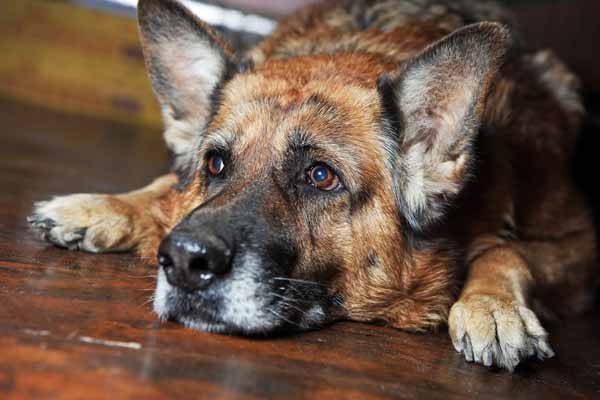- Daytime Hours Available
- Same Day Appointments Available
Menu
If you require emergent care for your pet, please search for "24 hr vet near me" to find your closest 24 hr emergency veterinary clinic.
When considering the quality of our animals’ lives, we tend to define it by their overall physical and mental well-being – and not just one aspect of their lives.
The following “Quality of Life” chart attempts to consider all of the most important aspects of your pet’s life, however it is by no means to be considered as an ‘exact-science’:
It is a guideline at best and is not intended to provide a ‘one-size-fits-all’ diagnosis for your pet.
It is also important to remember that all pets are different, and what may be considered a poor quality of life for one may be completely different for another.
Our chart is intended to help you to better visualize the general well-being of your pet.
Take your time and be as realistic as possible. Our pets are very personal to us and it is easy for us to overstate their symptoms.
Starting with the “Quality of Life” factors on the left, follow the connecting options and give each a score from one to five (1-5).
Once you are done, total your scores.
Higher numbers on this chart equal a better quality of life, while lower numbers represent a poorer one and that a recommendation for in-home euthanasia for your pet may be indicated.
Please keep in mind that even just one low score – while the others remain fairly high – may still indicate a poor quality of life for your pet and that you should always consult your vet before taking any further actions..

It’s important to keep in mind that the following quality of life factors for your pet are just guidelines and that you should always consult a qualified veterinarian before making any final decisions.
Please be sure to discuss your pet’s symptoms and anything else of concern with them ASAP.
| Quality of Life Factors | All the Time (Severe) - Score 1 | Most of the Time (Significant) - Score 2 | Sometimes (Mild) - Score 3 | Occasionally (Slight) - Score 4 | Never (No Issues Witnessed) Score 5 |
|---|---|---|---|---|---|
| Overall Physical Health | Cannot move without pain or has difficulty moving | In some pain or has some difficulty moving | Some mild health issues | No major health issues | Seems healthy |
| Emotional Well-Being | Seems very anxious or depressed | Seems somewhat unhappy | Seems generally content & happy | Enjoys life & shows excitement | Thriving & happy |
| Eating Habits | No longer interested in eating at all | Eats a little or needs to be hand-fed | Eats like normal, maybe a little less | Eats enough but not like normal | No issues with food or treats |
| Drinking Habits | Not drinking water at all | Might drink water a little if it's brought to them | Will drink water, but should drink more | Maybe drinks less but doesn't seem to be a problem | Drinks water like always, no issues |
| Human Interaction | Isolates self and rejects receiving or giving affection | Accepts some affection but does not seek it out | Not as affectionate or interactive as before | Regular interaction and attention | Plenty of interaction, love, and affection |
The chart above attempts to track the most important aspects of a pets’ life, but there are an almost unlimited amount of things we can additionally consider and we’ve added some of those below:
We’ll help to assess your pet’s current physical state and make treatment decisions.
Quality of life care that includes prescribing medications to treat pain and overall comfort.
Compassionate & pain-free euthanasia performed in the comfort of their home.